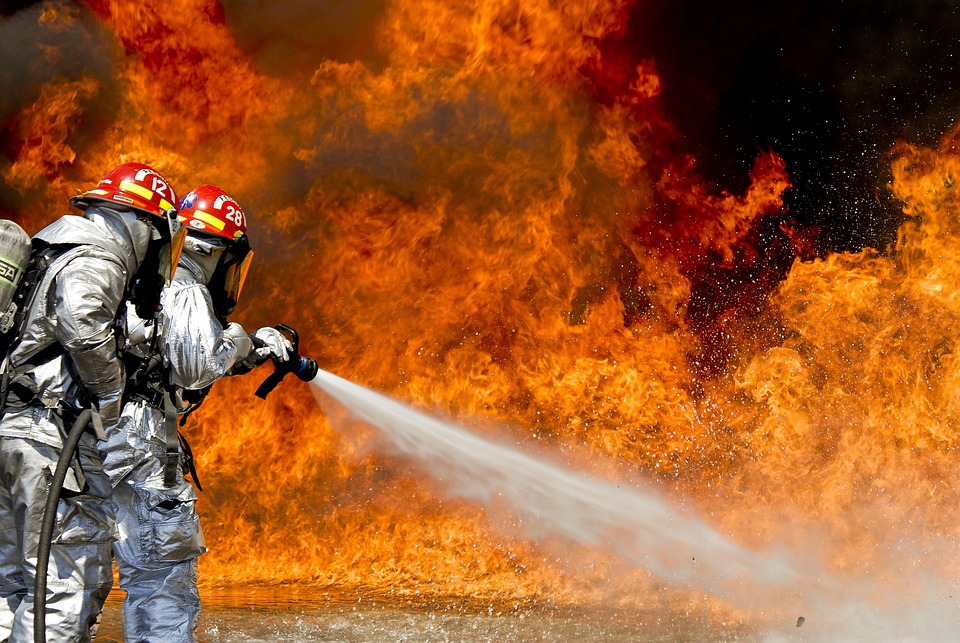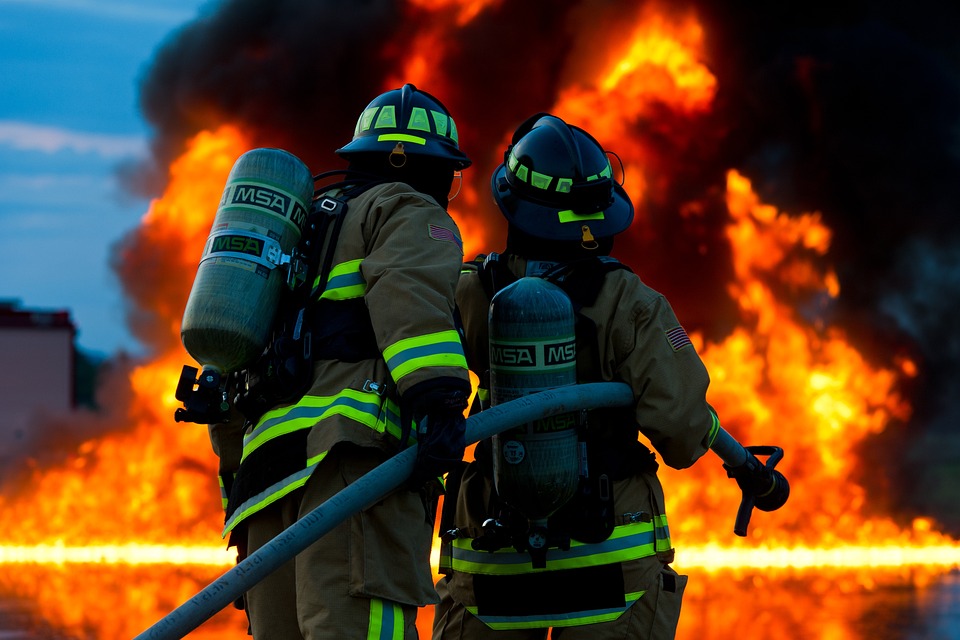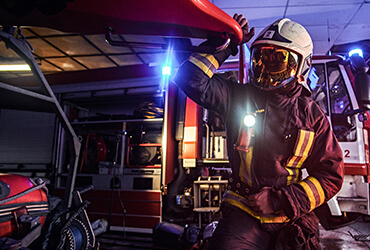Extensive Range of Fire Extinguisher
Fire extinguishers come in a variety of types, each designed to combat different classes of fires. The most common types include water extinguishers, suitable for Class A fires involving ordinary combustibles like wood and paper; dry chemical extinguishers, effective against Class A, B (flammable liquids), and C (electrical) fires; CO2 extinguishers, ideal for Class B and C fires as they displace oxygen, effectively smothering the flames; foam extinguishers, which form a film over the fuel, preventing oxygen from reaching it and suitable for Class A and B fires; and wet chemical extinguishers, specifically designed for Class K fires involving cooking oils and fats, as they react with the hot oils to create a blanket-like barrier. Additionally, there are specialized extinguishers like halon and clean agent extinguishers, which are suitable for sensitive equipment and areas where residue cleanup is a concern. Understanding the different types of extinguishers and their applications is crucial for selecting the appropriate one for specific fire hazards, ensuring effective fire suppression and safety. Regular maintenance, proper training in their use, and strategic placement of extinguishers throughout a facility are also essential components of fire preparedness and prevention.

Special Application Fire Extinguisher
Special application fire extinguishers are designed for specific types of fires or environments where standard extinguishers may not be effective. Examples include Class D extinguishers for combustible metals, Class K extinguishers for cooking oils and grease fires, water mist extinguishers for water-sensitive areas, CO2 extinguishers for clean agent suppression, and halon alternatives for sensitive equipment. These extinguishers address unique fire hazards and ensure effective fire suppression in specialized settings.

Fire Suppression System
A fire suppression system is a specialized system designed to control, contain, or extinguish fires in buildings, vehicles, or other enclosed spaces. These systems typically consist of various components such as detectors, alarms, suppression agents, and delivery mechanisms. The primary goal of a fire suppression system is to detect fires early, alert occupants, and deploy appropriate suppression measures to minimize property damage and ensure the safety of individuals.
There are several types of fire suppression systems commonly used:
- Sprinkler Systems : Sprinkler systems are the most common type of fire suppression system in buildings. They consist of a network of pipes installed throughout the structure, equipped with heat-sensitive sprinkler heads.
- Clean Agent Systems : Clean agent systems use gases or chemical agents to suppress fires without causing damage to sensitive equipment or materials. These systems are commonly used in areas such as computer rooms, data centers, and museums where water-based suppression could cause significant damage.
- CO2 Systems : Carbon dioxide (CO2) systems are designed for areas where valuable equipment or materials are present, such as electrical rooms and industrial facilities. CO2 is discharged into the space to displace oxygen, effectively smothering the fire.

Fire Alarm System
A fire alarm system is a crucial component of fire safety in buildings and other facilities. Its primary function is to detect the presence of fire, smoke, or other signs of a potential fire and alert occupants to evacuate the premises safely. Fire alarm systems typically consist of several interconnected components:
- Smoke Detectors
- Heat Detectors
- Manual Pull Stations
- Control Panel
- Control Panel:

Microenvironment fire suppression
Microenvironment fire suppression systems are specialized fire suppression systems designed to protect specific areas or equipment where traditional fire suppression methods may not be suitable or effective. These systems are tailored to address fire risks in confined spaces or environments with unique challenges. Here are some examples of microenvironment fire suppression systems:
- Server Room Fire Suppression
- Electrical Cabinet Fire Suppression
- Machinery Enclosure Fire Suppression
- Laboratory Hood Fire Suppression

Kitchen Fire Suppression System
A kitchen fire suppression system is a specialized fire protection system designed specifically for commercial kitchens, where the risk of fires involving cooking oils, fats, and grease is high. These systems are essential for ensuring the safety of kitchen staff, customers, and the facility itself. Here are the key components and features of a typical kitchen fire suppression system:
- Detection System
- Suppression Agent
- Nozzles and Distribution System
- Manual Activation
- Gas and Electrical Shut-Off
- Alarm and Notification
